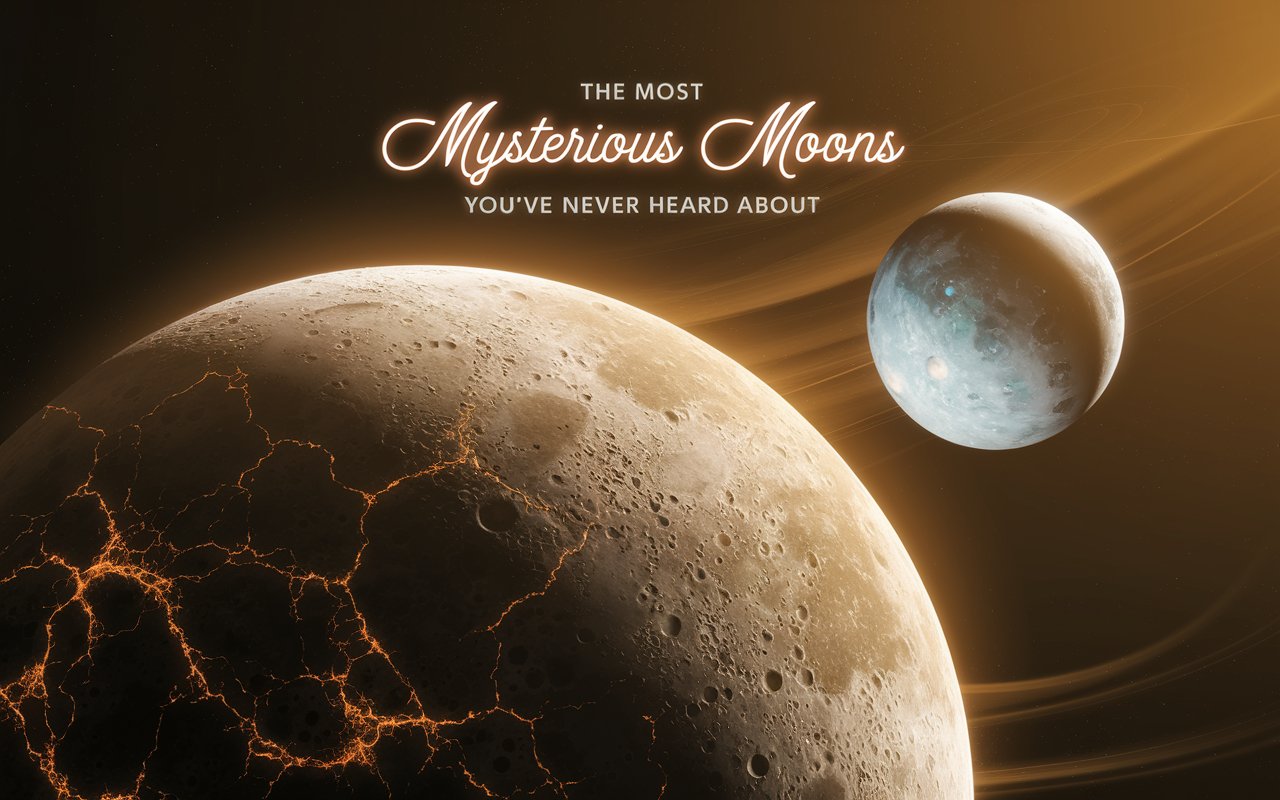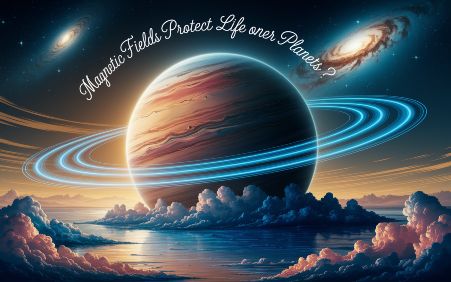Introduction to Strange Space Phenomena
Strange space phenomena you’ve probably missed include events most people never hear about.
These events do not make headlines but they shape how we view the universe.
Astronomers watch the skies to find clues about unknown forces and rare occurrences.
Some phenomena defy explanation even with modern space tools and advanced research.
They often come from deep space regions far beyond human reach or direct observation.
Mysterious Fast Radio Bursts
Strange space phenomena you’ve probably missed may include fast radio bursts.
These bursts release huge energy in less than one second.
Scientists detected the first one in 2007 with a telescope in Australia.
Each burst seems to come from billions of light years away.
Some bursts repeat from the same spot in space which adds to the mystery.
Possible Causes of Fast Radio Bursts
One cause may be two neutron stars crashing into each other in deep space.
Another idea suggests they come from magnetars which are stars with strong magnetic fields.
A few scientists even say alien technology could explain the signals.
None of these ideas fully explain why some bursts repeat.
Research continues as telescopes track and record new bursts each year.
Galactic Cannibalism
Strange space phenomena you’ve probably missed include galactic cannibalism.
This event happens when one galaxy eats another galaxy.
The larger galaxy pulls stars and gas from the smaller one.
Over time the small galaxy disappears into the larger system.
The Milky Way has done this many times in its past.
Signs of Galaxy Mergers
Astronomers look for trails of stars left behind from galaxy mergers.
They also spot streams of gas that flow between the two galaxies.
These signs help scientists learn about the history of our galaxy.
Galactic cannibalism helps galaxies grow over billions of years.
Without it many galaxies would be much smaller than they are now.
Rogue Planets Drifting in Darkness
Strange space phenomena you’ve probably missed also include rogue planets.
These planets do not orbit any star and drift through space alone.
Some may have formed near a star then got pushed away.
Others may have formed on their own in dark space.
Thousands of rogue planets may exist in our galaxy alone.
Life on Rogue Planets
Some rogue planets may keep heat with thick atmospheres or inner cores.
This makes it possible that life could survive underground or near hot spots.
Astronomers use infrared telescopes to find these cold dark planets.
Finding them is hard since they give off little light.
Future space missions may reveal more about their features and origins.
Ball Lightning in Space
Strange space phenomena you’ve probably missed may include space lightning.
This is also known as ball lightning and has been seen on Earth.
Astronauts have reported strange glowing balls floating inside spacecraft.
These balls appear for seconds then vanish without a sound.
No one fully understands what causes these odd electric lights.
Electric Activity in Space
Space is not empty and it holds charged particles and magnetic fields.
These factors may help form space lightning under the right conditions.
Plasma science tries to explain how these balls form and move.
They may be linked to solar storms or electric waves in space.
NASA continues to study electric events in orbit and deep space.
Supervoids and Cosmic Holes
Strange space phenomena you’ve probably missed could involve cosmic holes.
These are not black holes but giant voids in the universe.
A supervoid is a vast space with very few galaxies or stars.
The largest one found is over a billion light years wide.
Its size and location puzzle scientists and challenge current space theories.
Effects of Supervoids
These voids affect the light that passes through them on its way to Earth.
They may cause cold spots in the cosmic microwave background.
Some theories link them to dark energy or early space inflation.
Their existence raises questions about how the universe formed and evolved.
Supervoids are still one of the biggest cosmic puzzles today.
Pulsar Planets in Deep Space
Strange space phenomena you’ve probably missed include pulsar planets.
These planets orbit dead stars known as pulsars.
Pulsars are neutron stars that spin fast and send out radio beams.
The first exoplanets ever found were around a pulsar star.
This discovery shocked astronomers who never expected planets in such places.
Strange Worlds Around Pulsars
These planets face intense radiation and strong magnetic fields.
They may have odd orbits and unusual chemical structures.
Some may hold clues about how planets survive extreme space events.
Pulsar planets suggest that life may form in strange places.
More such worlds could exist but remain hard to detect.
Dark Matter Clumps and Ghost Galaxies
Strange space phenomena you’ve probably missed include ghost galaxies.
These galaxies have little to no visible stars or gas.
They seem to be made almost entirely of dark matter.
Dark matter is invisible but it affects how galaxies move.
It makes up most of the mass in the universe.
How We Find Ghost Galaxies
Scientists use gravity maps to detect ghost galaxies.
These maps show where unseen mass bends light from distant stars.
Some ghost galaxies have the mass of large galaxies but no light.
They raise big questions about what dark matter really is.
Future missions hope to learn more about their hidden makeup.
Time Dilation Near Black Holes
Strange space phenomena you’ve probably missed also include time dilation.
Time slows down near massive objects like black holes.
This is due to the way gravity bends space and time.
If you fell near a black hole you would age slower.
Someone far away would see time pass much faster for them.
Real Time Travel Possibility
This strange effect is part of Einstein’s theory of general relativity.
It is not science fiction but a real part of physics.
Time dilation has been tested with satellites and atomic clocks.
It affects GPS systems and space missions every day.
Black holes show the most extreme case of this strange space behavior.
Pros and Cons of Studying Strange Space Phenomena
| Pros | Cons |
|---|---|
| Expands knowledge of the universe | Requires costly space missions |
| Helps test physics theories | Some phenomena are rare and fleeting |
| May reveal signs of alien life | Data is often hard to confirm |
| Inspires new tech developments | Results take years to analyze |
| Aids in training future scientists | Needs global cooperation |
Frequently Asked Questions
What are strange space phenomena you’ve probably missed?
They include rare cosmic events like rogue planets and fast radio bursts.
Can rogue planets support life?
Yes if they have enough heat or energy from within their cores.
Are ghost galaxies real?
Yes they are real but hard to detect since they emit little or no light.
Why do fast radio bursts matter?
They may reveal new energy sources or even signs of intelligent life.
What makes time slow near a black hole?
Strong gravity bends time which causes the slow effect near black holes.
Final Thoughts on Strange Space Phenomena
Strange space phenomena you’ve probably missed continue to shape our understanding of the cosmos.
These events remind us that the universe hides many secrets still unknown to science.
Each discovery adds one more piece to the puzzle of how space works.
With better tools we now spot things once thought impossible to detect.
The future holds even more strange space phenomena you’ve probably missed until now.





